Street Sweeping
Purpose/Function:
Street cleaning programs remove dirt and debris from streets to provide a healthy, safe, and attractive environment for residents and visitors. Regular removal of leaves and debris by municipal crews is necessary to prevent stormwater drains from clogging, which can result in street flooding. Street cleaning protects improves water quality and minimizes the burden on the sewer system from surface debris.
Initiation protocol:
The increased regularity of the street sweeping reduces nitrogen, phosphorus and sediment whereas less regular street sweeping reduces only sediment. The weights submitted are for the pounds of material picked up by the sweeper.
Public acceptance:
Costs for public education are small and mostly deal with the need to obey parking restrictions and litter control. Parking tickets are an effective reminder to obey parking rules, as well as a source of revenue that can be used to subsidize the practice. Many people see this practice as a necessity in most urban areas.
Implementation Factors (level of difficulty):
Easy. Most large and medium municipalities already perform this task. Smaller jurisdictions are experimenting with sweeper sharing programs to reduce costs and take advantage of a technically simple practice.
Costs:
| Cost Estimates | EPA | King & Hagan | Average |
| Initial | $6,049 | $6,049 | $6,049 |
| Annual | $431 | $451 | $441 |
| Lifespan (yrs) | 20 | 20 | 20 |
| Annualized | $733.45 | $753.45 | $743.45 |
Load Reduction Efficiency:
Total Nitrogen removed per acre of practice per year
|
Low 0.18 lbs. |
Medium 0.18 lbs. |
High 0.42 lbs. |
Cost per pound removed = between $1,764 and $4,119
Total Phosphorous removed per acre of practice per year
|
Low 0.02 lbs. |
Medium 0.02 lbs. |
High 0.03 lbs. |
Cost per pound removed = between $25,230 and $38,609
Total Suspended Solids removed per acre of practice per year
|
Low 15 lbs. |
Medium 29 lbs. |
High 112 lbs. |
Cost per pound removed = between $6.65 and $50.02
Operation & Maintenance:
The largest expenditures for street sweeping programs are in staffing and equipment. The capital cost for a conventional street sweeper is between $60,000 and $120,000. Newer technologies are even higher, with prices approaching $180,000. The average useful life of a conventional sweeper is about five years, and programs must budget for equipment replacement. Sweeping frequencies will determine equipment life, so programs that sweep more often should expect to have a higher cost of replacement.
Climate Change Considerations:
N/A
Planning Questions to Consider:
An important aspect of street sweeping programs is the ability to regulate parking. The ability to impose parking regulations in densely populated areas and on heavily traveled roads is essential to program success. If investing in newer technologies, training for operators must be included in operation and maintenance budgets.
Technical Notes:
Factors that affect a street sweeper’s ability to reduce nonpoint pollution include the condition of the street, its geographical location, the operator’s skill, the presence of parked cars and the amount of impervious area devoted to rooftop.
Related Best Management Practices
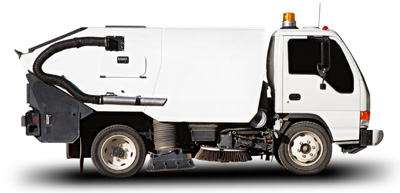
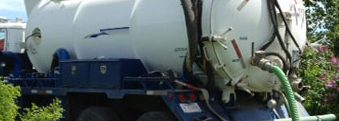


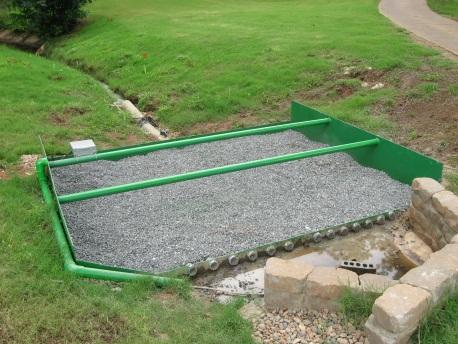
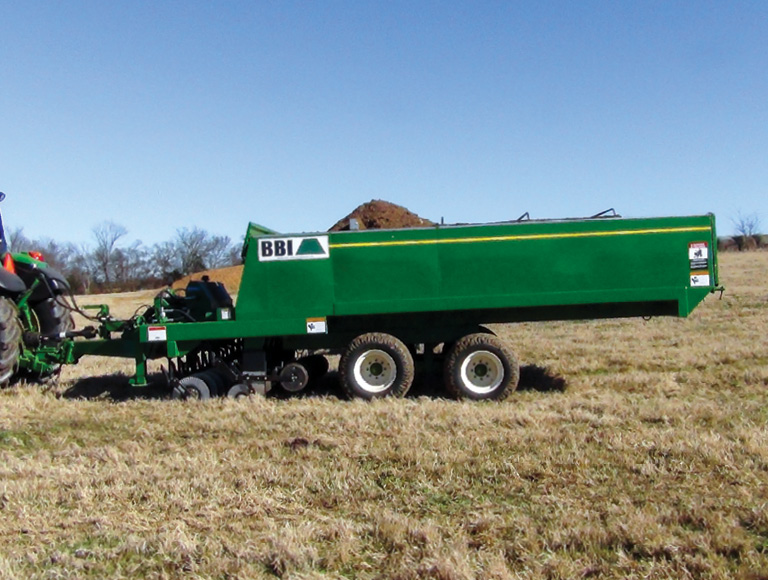
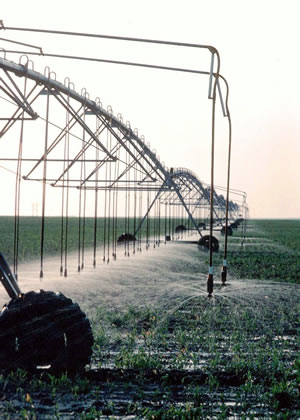
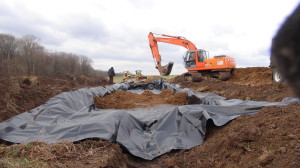
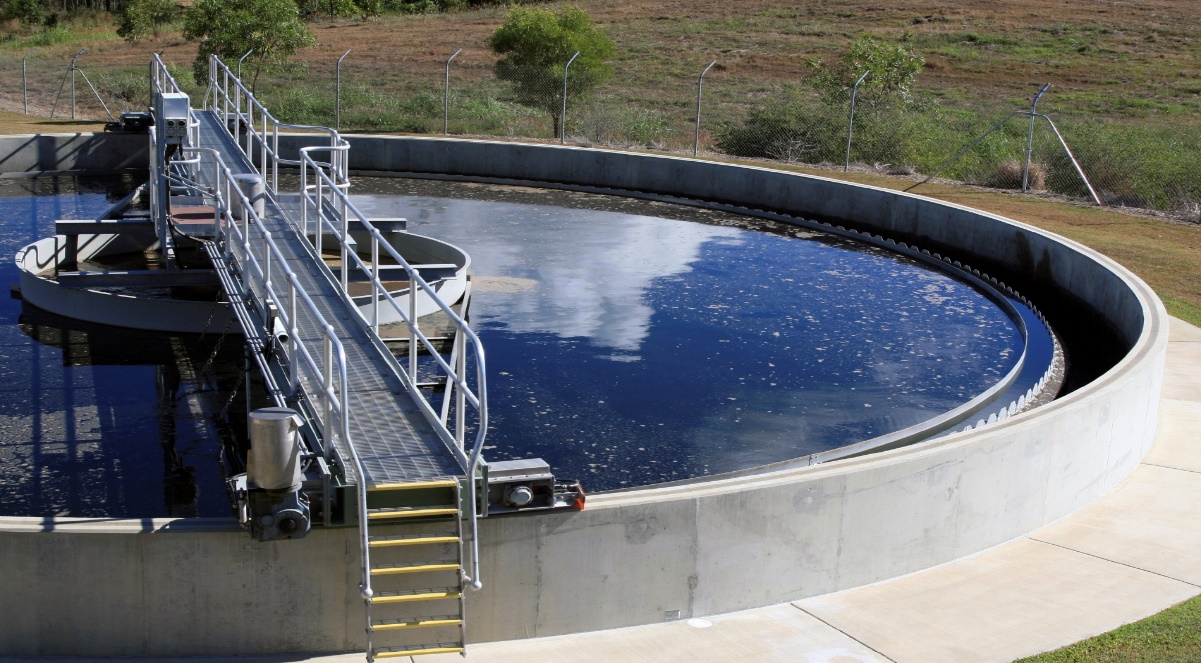


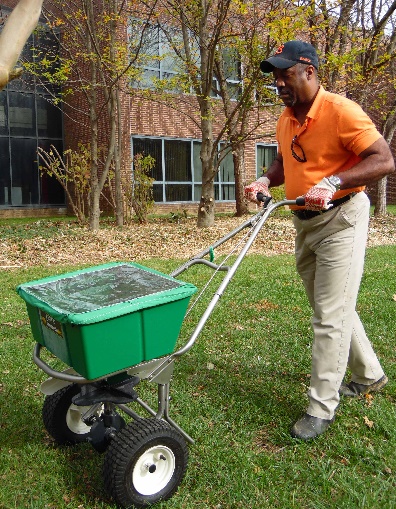

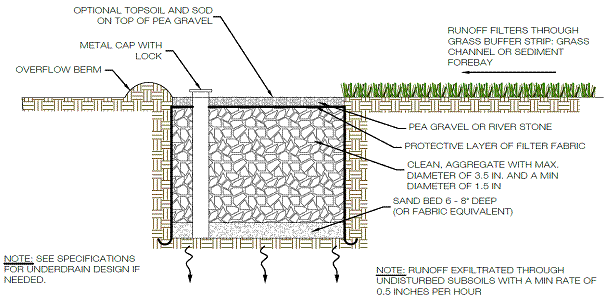
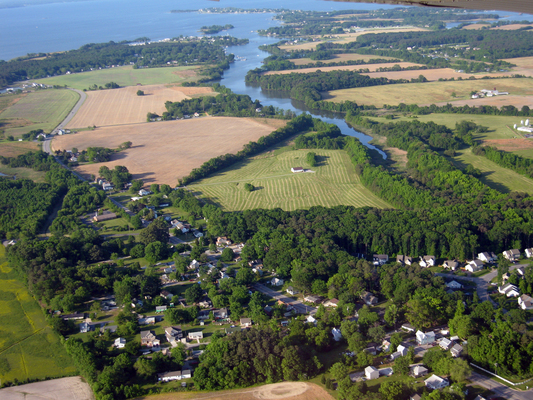
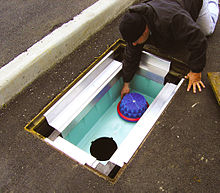
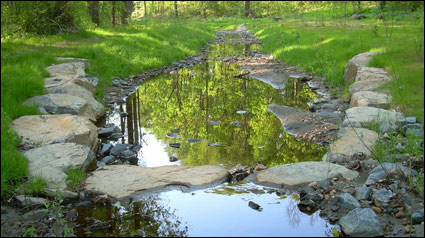
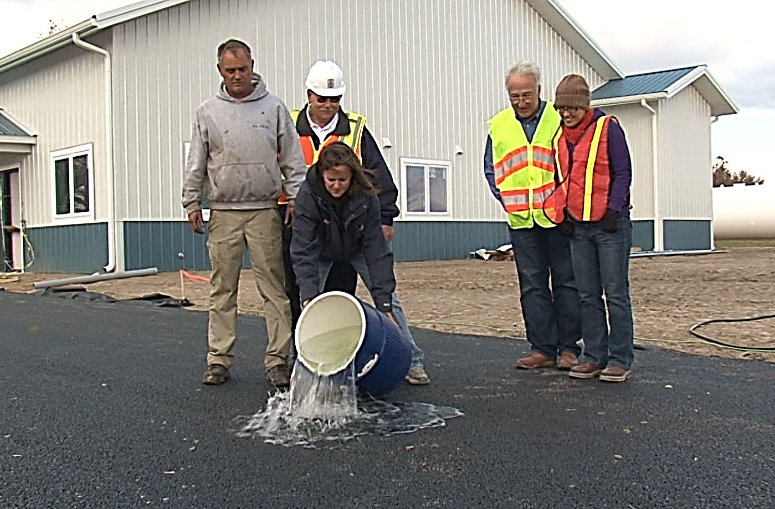
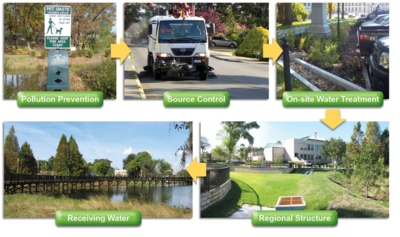
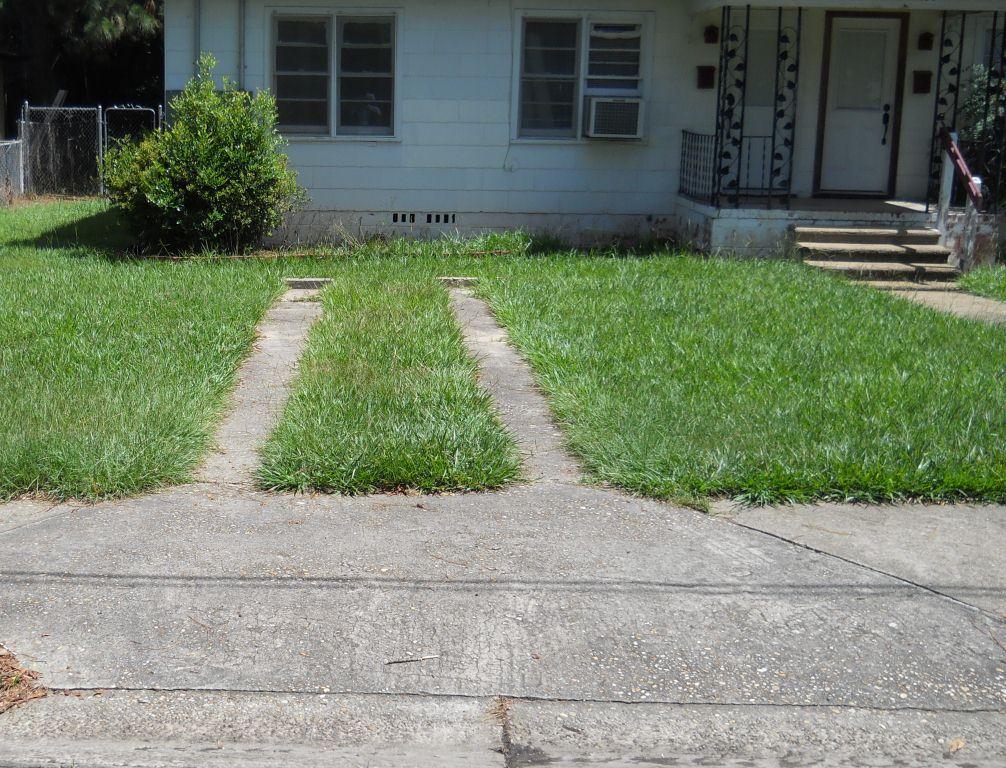

Feedback on This Best Practice